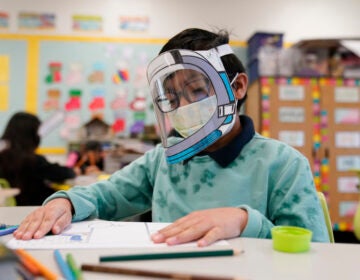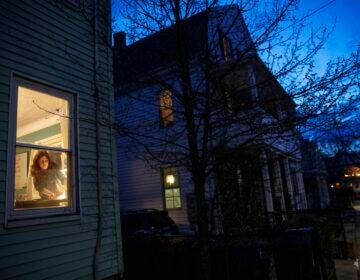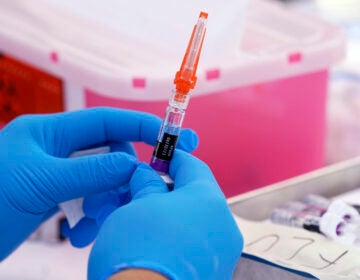COVID risk can mean something very different for people who are immunocompromised
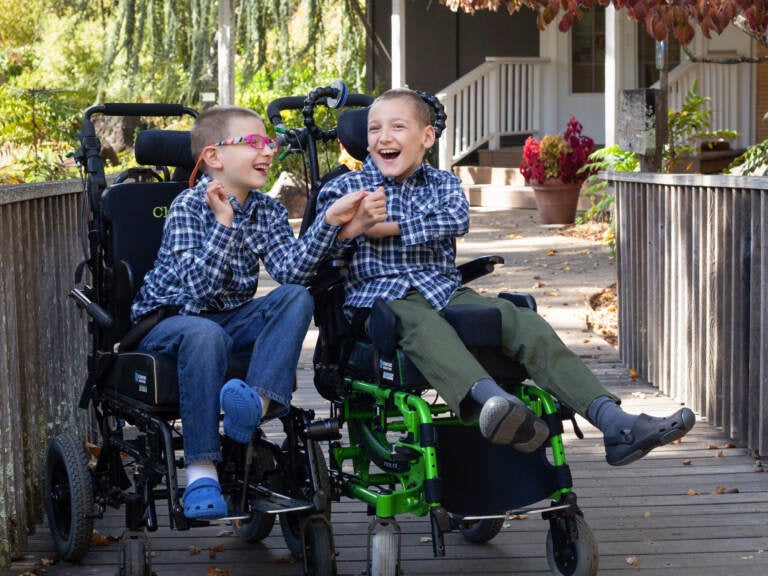
Brothers Chase (left), 10, and Carson, 11, in November 2021. The two brothers have a rare genetic disorder and they are immunocompromised. Their family has to practice extreme caution to prevent COVID exposures. (Danny Miller)
Ten-year-old Chase and 11-year-old Carson have alert minds and radiant smiles, but very uncooperative bodies. The two brothers have a rare genetic disorder called MEPAN syndrome. They can’t sit, stand, walk or talk. For their parents, Danny and Nikki Miller, this means wheelchairs, electric lifts, diaper changes and spoon feeding.
Before the pandemic, the Marin, Calif., family relied heavily on several types of therapists and individual aids — and the boys’ skills were slowly improving. But when COVID struck, all that support went online or stopped entirely. Danny and Nikki struggled to balance their own careers with homeschooling their boys.
“We were taxed,” says Danny. “I tried to teach the boys physical therapy while it was being demonstrated over Zoom. We had a lot more responsibility, a lot more on our shoulders. You know, as if we didn’t have enough already.”
Every new surge of the virus sends the family into chaos, escalating Danny and Nikki’s fears that their boys might get infected. Doctors have warned that the incredibly rare neurological disease (there are fewer than 30 known cases worldwide) puts them at higher risk — and their parents now dread a future riddled with variants.
“We don’t want anything else to potentially compromise their already fragile situation,” says Miller.
Even after the omicron surge ends, COVID-19 will still be with us, and learning to live with it will be a challenge for everyone.
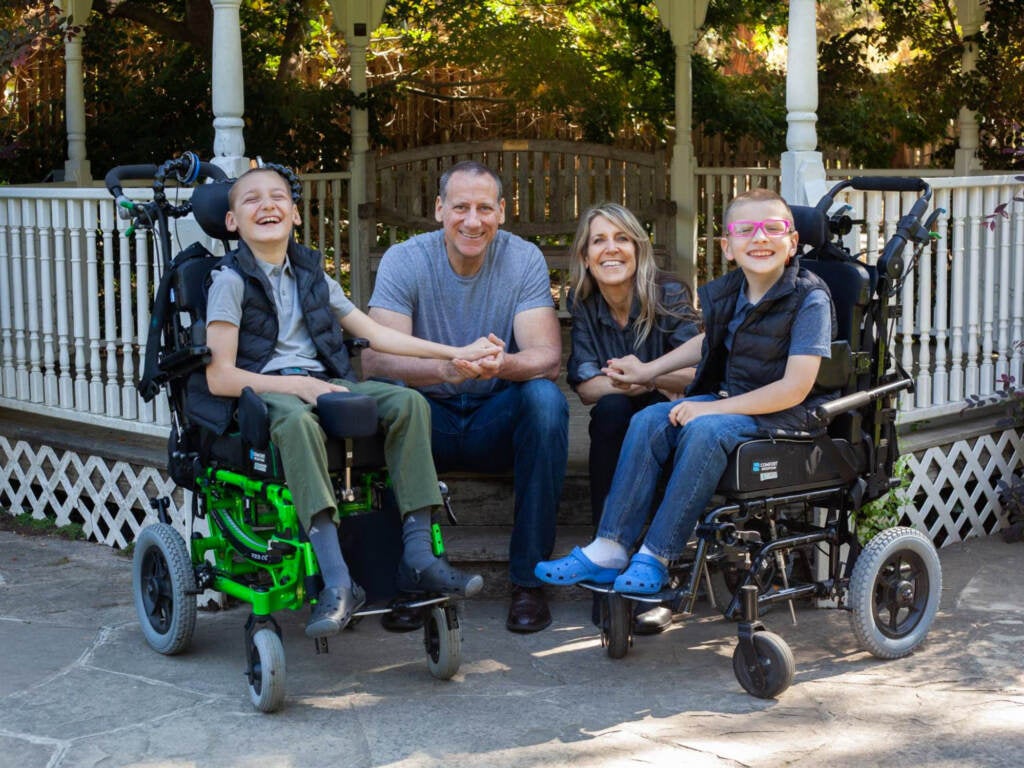
But that challenge will be especially difficult for the roughly 7 million immunocompromised Americans who remain especially vulnerable and will have to keep their guard up much higher than the rest of us.
Among them is Sassy Outwater-Wright. Her 37-year-old body is also very fragile. Right when COVID hit in the spring of 2020, the Berkeley, Calif., resident started feeling an agonizing pain in her head and face. Doctors discovered a very aggressive soft-tissue cancer creeping toward her brain. Radiation and chemotherapy treatment wiped out her white blood cells, and therefore her immune system.
Leaving the house, let alone taking an Uber to and from the hospital for screenings and check-ups, was and still is terrifying for her. Public transportation is still out of the question.
Outwater-Wright has fought cancer her entire life. When she was a baby, a rare cancer attacked her eyes leaving her blind.
“My superhero name is Tumor Killer Girl,” she says. “I just went through my 100th surgery in November.”
If Outwater-Wright gets a sniffle, taking a rapid COVID test isn’t an option because she can’t see the results. As a disability advocate she’s trying to fight for better access to home tests and ensure that vaccine messaging is accessible to people with disabilities. But that’s hard to do over Zoom.
“I do not have that face-to-face gravitas of me walking into a room anymore,” she says.
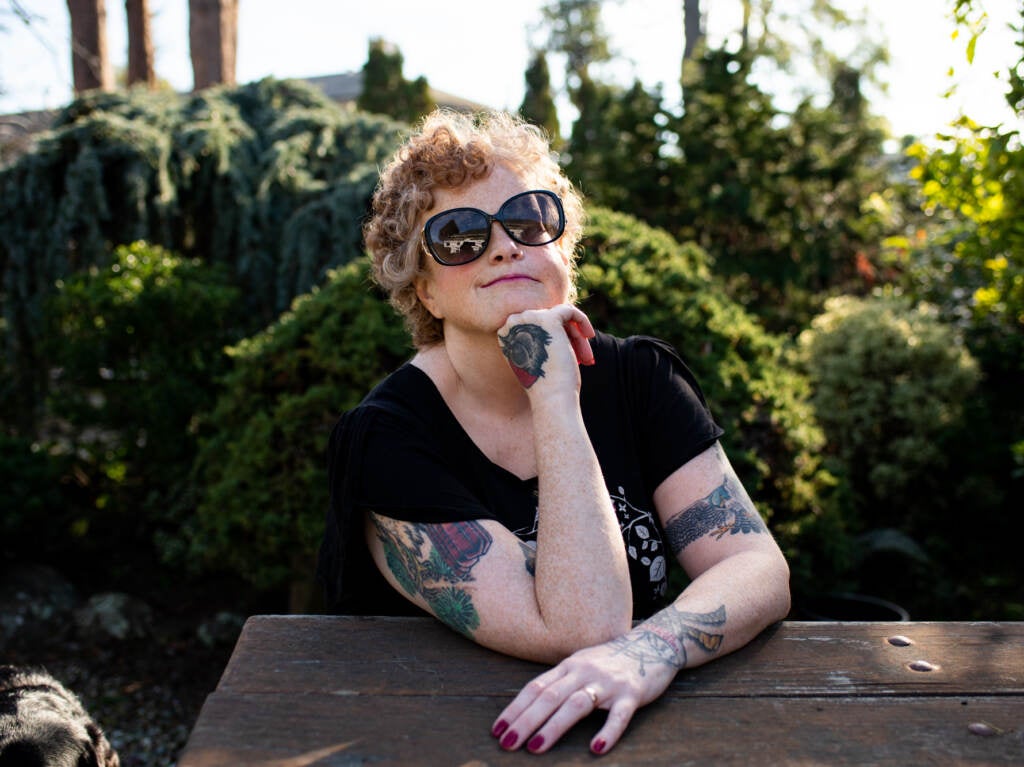
Outwater-Wright would also like to sit in a cafe, take a vacation, and ditch her N95 mask, which presses into the sensitive scar on her face where her tumor was. But she can’t do any of those things — and that’s unlikely to change for the foreseeable future.
“There’s an element of risk no matter where I go,” she says. “I can’t step out into public and not assume that there’s somebody unvaccinated nearby.”
Alice Wong, a prominent disability rights activist and author, also weighs life or death every time she goes outside. The San Francisco resident has a neuromuscular disability and uses a ventilator to breathe.
“There is a casual acceptance that the pandemic will turn into something endemic, an inevitability that ‘everyone’ will get COVID eventually,” writes Wong in an email. “Leaders, medical professionals and public health experts have said something along those lines with zero acknowledgement that people will still die and those deaths will be disproportionately from high-risk groups.”
Wong has been pushing for additional funds to pay for more delivery services to administer boosters, masks and test kits to people who can’t leave their homes. She is also advocating for stricter vaccine mandates, extended paid sick leave and free personal protective equipment for home health care workers and employees of long-term care facilities.
Wong says it’s hard to see small glimmers of access — like online events, priority shopping hours, curbside pickup, and even flexible work schedules — slowly receding. It’s exhausting, she says, defending one’s very existence at a time when being immunocompromised has never been more terrifying.
“Their vulnerability is very much dependent on community case rates,” says Bob Wachter, chair of the Department of Medicine at UCSF. “They’re probably going to have to modify their behavior based on that level of threat.”
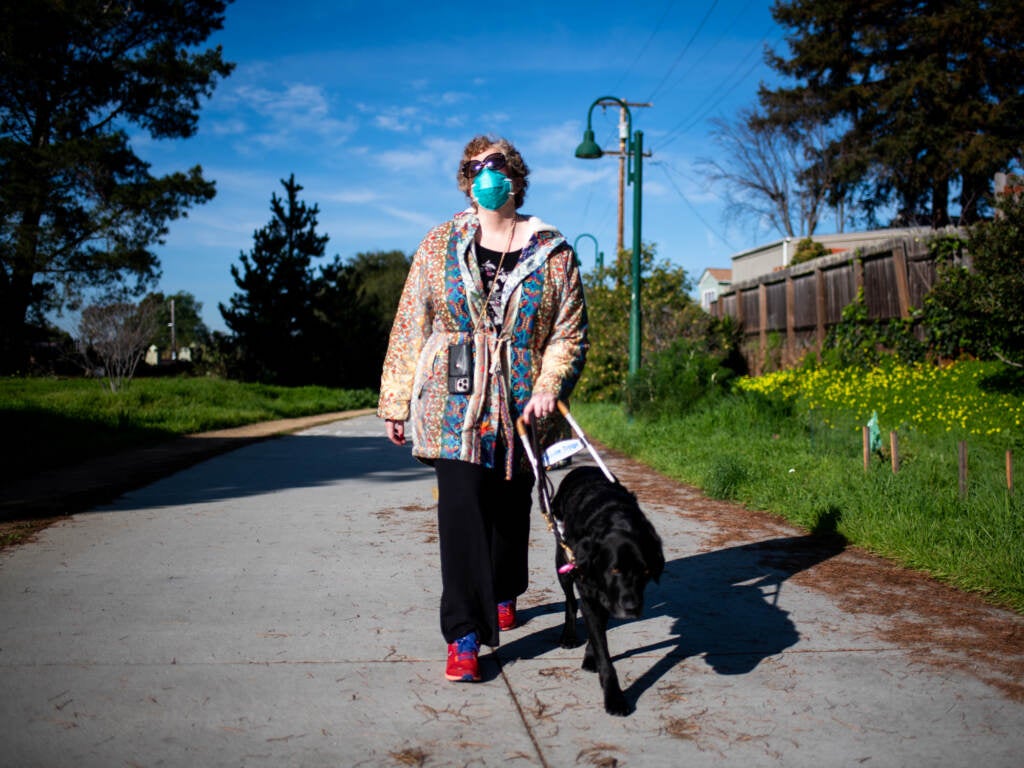
But he stresses that people who are immunocompromised are not a monolithic group. Some patients are responding well to the vaccine. And, even for those who are not, like people who have undergone organ transplants, there’s hope in new medications like Paxlovid, Pfizer’s pill.
“It attacks the virus in a way that’s not dependent on your immune system,” says Wachter. “If you get COVID, it lowers the chance of hospitalization by 90%. If you can lower your risk by nine tenths through a pill, you take twice a day for five days, that makes the world a lot safer.”
Supplies of Paxlovid and other antivirals are currently scarce, but Wachter says that should change over time as pharmaceutical companies ramp up production and scientists race to develop more drugs.
Danny Miller, the father of the two boys with MEPAN syndrome, is frustrated so many people are choosing not to get vaccinated. He says those decisions are threatening his sons’ lives, and he would like to see politicians and judges take stronger steps to ensure higher vaccine rates.
“You have parts of the country where two-thirds of the people are not vaccinated or boosted,” says Miller. “That means things are going to drag on much longer than they should because we are not all in this together.”
Miller says time is critical for his sons. He doesn’t know how long they have because very little is known about the boy’s rare disease.
“COVID has taken 12 to 18 months away from us in terms of growth, development and treatments to help the boys on their journey,” says Miller. “And with that delay, we’re sort of trying to make up for lost time.”
9(MDAzMzI1ODY3MDEyMzkzOTE3NjIxNDg3MQ001))


![CoronavirusPandemic_1024x512[1]](https://whyy.org/wp-content/uploads/2020/03/CoronavirusPandemic_1024x5121-300x150.jpg)
